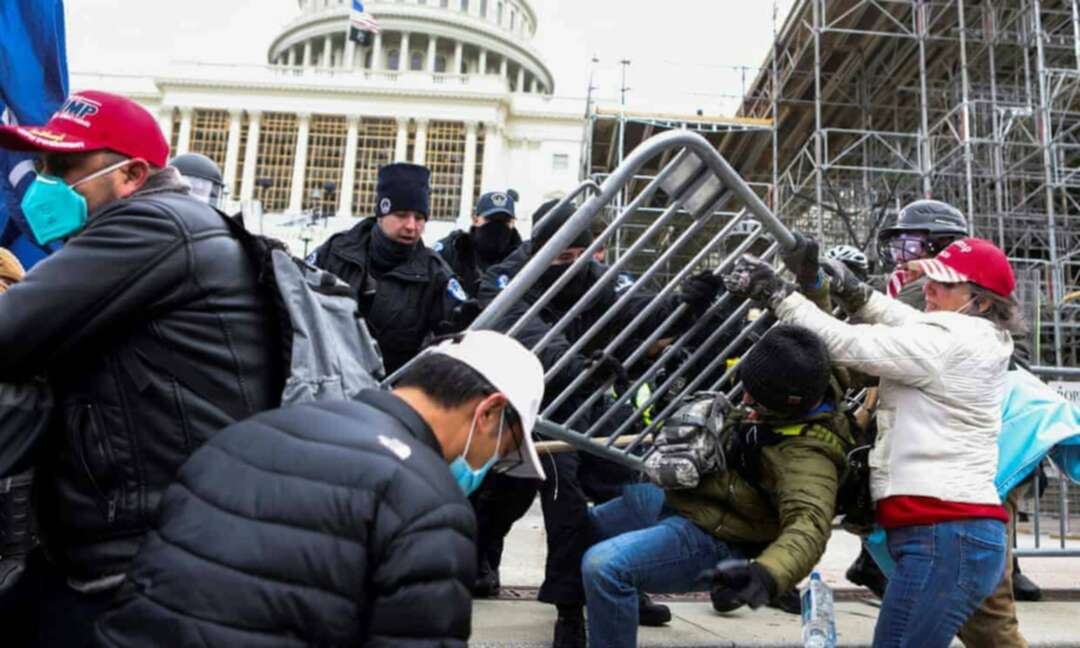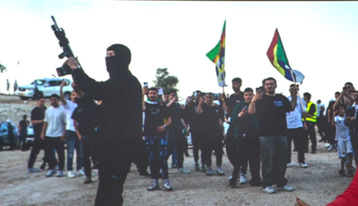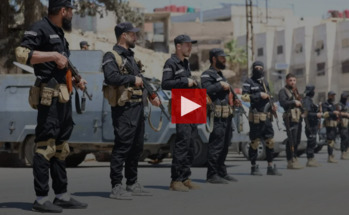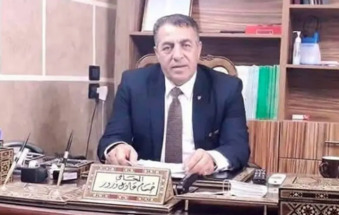-
Threats to lawmakers and public facilities are recorded by police after Capitol attack

The revelation of the seriousness of the threats comes amid Republican opposition to forming a 9/11-style commission to investigate the January attack. Photograph: Jim Urquhart/Reuters
Jason Wilson
Washington’s Metropolitan police department recorded threats to lawmakers and public facilities in the wake of the 6 January attack on the Capitol, according to documents made public in a ransomware hack on their systems this month.
Trump Hotel raised prices to deter QAnon conspiracists, police files show
Read more
The documents also show how, in the month following the Capitol attack, police stepped up surveillance efforts, monitoring hotel bookings, protests in other jurisdictions, and social media for signs of another attack by far-right groups on targets in the capital, including events surrounding the inauguration of Joe Biden as president.
The revelation of the seriousness of the threats comes amid Republican opposition to forming a 9/11-style commission to investigate the January attack, which saw the Capitol roamed by looting mobs hunting for politicians and involved the deaths of five people.
The police documents were stolen and published by the ransomware attack group Babuk, and some were redistributed by the transparency organization Distributed Denial of Secrets, from whom they were obtained by the Guardian. Various outlets last week published stories based on the data showing intelligence indicating that far-right Boogaloo groups planned to attack various targets in the capital.
But another collection of documents labeled “chiefs intelligence briefings” shows a broad, cross-agency effort in the days following the attack on the Capitol to identify suspects, monitor and apprehend far-right actors, and anticipate further attacks on Washington around events like the inauguration of Joe Biden and the second impeachment trial of Donald Trump.
In the aftermath of the riot, the attention of police and other law enforcement agencies was focused on far-right activity on social media platforms, and especially on a group calling itself Patriot Action for America.
One 13 January bulletin said that the group had been “calling for others to join them in ‘storming’ state, local, and federal government courthouses and administrative buildings in the event POTUS is removed as president prior to inauguration day”.
The bulletin also noted that the agency was facing broader challenges in monitoring far-right actors on social media websites, saying that “with the shutdown of Parler it has been a challenge to track down how activities are being planned”, and that they continued to “see more users on Gab and Telegram following the de-platforming of many accounts on more conventional social media companies”.
The bulletin mentions a “possible second suspect” in the placement of pipe bombs near the DNC and RNC, who was “observed on video scouting/taking photographs in advance of the placement”, who “took a metro to the East Falls church stop and took a Lyft from there”.
On 12 January, a bulletin noted that a supreme court agent had noticed “two vehicles stopped beside each other” outside the court building, and that in one an older white male was “videotaping the Capitol fence line and the court”, and in the other a passenger was “hanging out the window in order to videotape the court”.
A 22 January bulletin mentions that in Pennsylvania a man was arrested after “transmitting interstate threats to multiple US senators of the Democratic party”, having stated that he was “going to DC to kill people and wanted to be killed by the police”. When Pennsylvania state police apprehended him “he was in possession of a rifle, two handguns, and a large quantity of ammunition”.
A later bulletin described an incident in which a man with an illegal firearm was arrested after asking for directions to the “Oval Office”, and another man’s van was searched after he was observed sitting in the vehicle while parked outside the supreme court justice Sonya Sotomayor’s house.
The same day’s bulletin mentioned that Metropolitan police were cooperating with Capitol police in investigating “a number of threats aimed at members of Congress as the Senate impeachment trial of Donald Trump nears”.
The threats continued for weeks after the attack.
Almost a month later, a bulletin reported that “an identified militia group member” in Texas was claiming that if their “operation failed at the US Capitol”, there was a “back-up plan” involving the group “detonating bombs at the US Capitol during the State of the Union”.
The group was not named but was described as “a large organization allegedly with members from every state, which included individuals who were former military and law enforcement”.
The documents also reveal how law enforcement agencies secured the cooperation of private companies, from ride-share companies to hotels.
A bulletin includes the claim that “FBI
The same bulletin carries detailed figures on reservations in hotels across the capital leading up to the inauguration on 20 January, which was secured by an unprecedented mobilization of law enforcement and the national guard.
Two days later, another bulletin said that “MPD’s intelligence division has conducted extensive outreach with security directors of area hotels”, who they asked to be “vigilant for evidence of suspicious activity and firearms possession by hotel guests”.
The Guardian, Sun 23 May 2021 10.00 BST
Threats to lawmakers and public facilities are recorded by police after Capitol attack
Image Ownership Reuters
You May Also Like
Popular Posts
Caricature
BENEFIT Sponsors BuildHer...
- April 23, 2025
BENEFIT, the Kingdom’s innovator and leading company in Fintech and electronic financial transactions service, has sponsored the BuildHer CityHack 2025 Hackathon, a two-day event spearheaded by the College of Engineering and Technology at the Royal University for Women (RUW).
Aimed at secondary school students, the event brought together a distinguished group of academic professionals and technology experts to mentor and inspire young participants.
More than 100 high school students from across the Kingdom of Bahrain took part in the hackathon, which featured an intensive programme of training workshops and hands-on sessions. These activities were tailored to enhance participants’ critical thinking, collaborative problem-solving, and team-building capabilities, while also encouraging the development of practical and sustainable solutions to contemporary challenges using modern technological tools.
BENEFIT’s Chief Executive Mr. Abdulwahed AlJanahi, commented: “Our support for this educational hackathon reflects our long-term strategic vision to nurture the talents of emerging national youth and empower the next generation of accomplished female leaders in technology. By fostering creativity and innovation, we aim to contribute meaningfully to Bahrain’s comprehensive development goals and align with the aspirations outlined in the Kingdom’s Vision 2030—an ambition in which BENEFIT plays a central role.”
Professor Riyadh Yousif Hamzah, President of the Royal University for Women, commented: “This initiative reflects our commitment to advancing women in STEM fields. We're cultivating a generation of creative, solution-driven female leaders who will drive national development. Our partnership with BENEFIT exemplifies the powerful synergy between academia and private sector in supporting educational innovation.”
Hanan Abdulla Hasan, Senior Manager, PR & Communication at BENEFIT, said: “We are honoured to collaborate with RUW in supporting this remarkable technology-focused event. It highlights our commitment to social responsibility, and our ongoing efforts to enhance the digital and innovation capabilities of young Bahraini women and foster their ability to harness technological tools in the service of a smarter, more sustainable future.”
For his part, Dr. Humam ElAgha, Acting Dean of the College of Engineering and Technology at the University, said: “BuildHer CityHack 2025 embodies our hands-on approach to education. By tackling real-world problems through creative thinking and sustainable solutions, we're preparing women to thrive in the knowledge economy – a cornerstone of the University's vision.”
opinion
Report
ads
Newsletter
Subscribe to our mailing list to get the new updates!






















